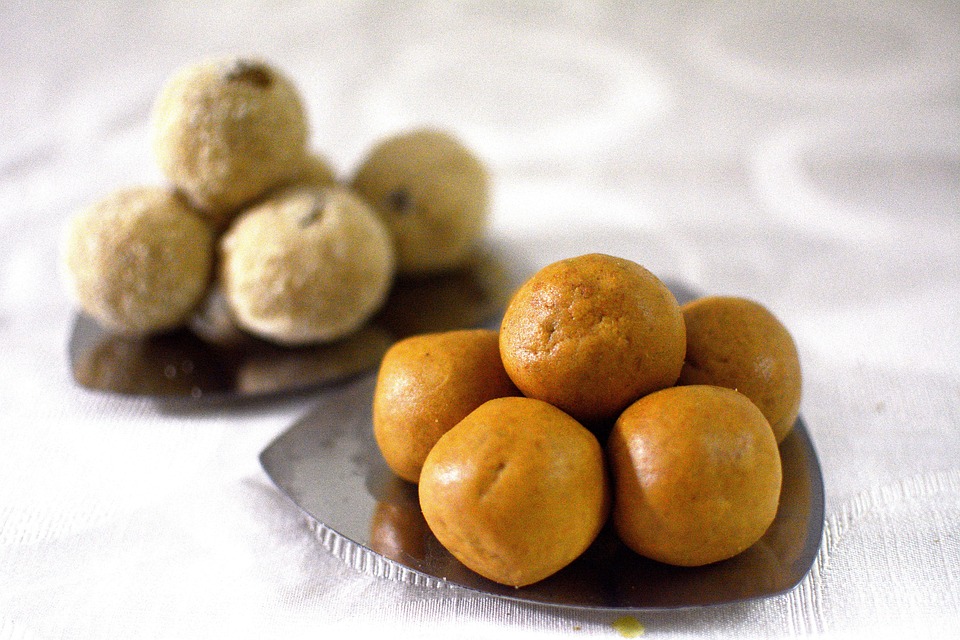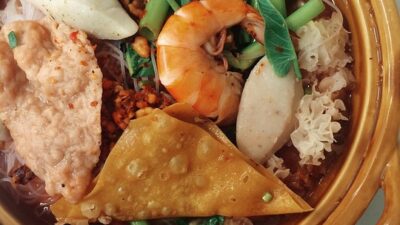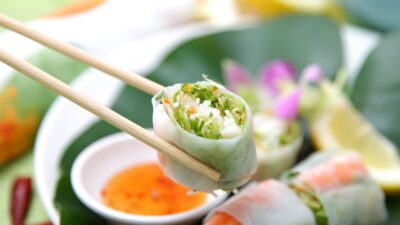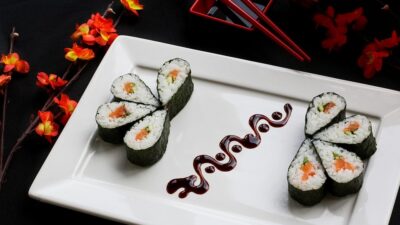Indian cuisine is a vibrant tapestry woven from rich history, diverse cultures, and a philosophy that emphasizes the dynamic interplay of flavors. The unique techniques employed in Indian cooking not only set it apart from other culinary traditions but also impart depth, character, and complexity to its dishes. Let’s explore some of these techniques that make Indian cooking an art form in its own right.
1. Tempering (Tadka)
One of the most distinctive techniques in Indian cooking is tempering, or tadka. This involves briefly frying spices in hot oil or ghee (clarified butter) to release their essential oils and flavors. The process enhances the aroma and taste of the spices, effectively infusing dishes with an intense burst of flavor. Common spices used in tempering include mustard seeds, cumin seeds, and dried red chilies. Each ingredient adds a layer of complexity to the final dish, making tempering a quintessential step in many Indian recipes.
2. Browning (Bhuna)
Bhuna refers to the process of slow-cooking onions, garlic, and ginger until they are caramelized and beautifully browned. This technique is crucial for building the base of many curries and gravies. The natural sugars in the onions caramelize, providing a rich depth of flavor, while the toasty aromatic notes elevate the overall dish. Mastering bhuna can significantly enhance the flavor profile of a dish, making it one of the cornerstones of Indian cooking.
3. Layering Flavors (Dum Cooking)
The art of layering flavors is beautifully exemplified in the dum cooking technique, wherein ingredients are cooked on low heat, often in a sealed pot. This method allows the spices and flavors to meld harmoniously, resulting in dishes that are rich and aromatic. Dum biryani, for instance, is a famous dish where marinated meat and partially cooked rice are layered and then slow-cooked, sealing in moisture and flavor to create a dish that is both fragrant and flavorful.
4. Marination
Marinating is a critical step in Indian cooking, where proteins are soaked in a spiced yogurt or vinegar-based mixture for several hours. This process not only tenderizes the meat but also allows it to absorb the spices deeply. Key ingredients in marinades often include ginger-garlic paste, red chili powder, turmeric, and various other spices. The flavors developed during marination contribute significantly to the dish’s overall character.
5. Use of Whole Spices
Unlike many cuisines that rely heavily on ground spices, Indian cooking often employs whole spices. Whole spices such as cardamom pods, cloves, and cinnamon sticks release their aromatic oils slowly during cooking, lending a more complex and nuanced flavor. They can also be added at different stages of cooking—tempered, added during simmering, or as a garnish—creating distinct layers of flavor.
6. Steaming (Idli and Dhokla)
Steaming is a technique that is integral to many traditional Indian dishes, particularly in South Indian cuisine. Dishes like idli (steamed rice cakes) and dhokla (savory steamed cakes made from gram flour) are prepared using this method. Steaming not only preserves the nutrients in the ingredients but also results in light, fluffy textures that enhance the overall eating experience.
7. Slow Cooking
The slow cooking technique is prevalent in Indian households, particularly for dishes such as curries, stews, and dals (lentil dishes). Cooking at low temperatures for extended periods allows flavors to develop fully and encourages the melding of spices, resulting in rich, flavorful dishes. This method requires patience but is highly rewarding, as it offers a depth of flavor that can only be achieved through time.
8. Regional Variations
One of the defining characteristics of Indian cooking techniques is the regional variance that showcases the country’s diversity. From the use of coconut-based gravies in the South to the rich and creamy sauces of the North, each region employs unique cooking methods and spices that reflect local ingredients and cultural influences. This regional diversity adds layers of complexity and richness to Indian cuisine.
Conclusion
The art of Indian cooking is a celebration of techniques that create a symphony of flavors and aromas. Whether through the intricate process of tempering spices, the slow melding of flavors in dum cooking, or the careful marination of ingredients, each technique plays a crucial role in the culinary narrative of India. As you explore these methods, you’ll discover not just recipes but a deep appreciation for the artistry that has evolved over centuries, making Indian cuisine one of the world’s most revered culinary traditions.



